Characteristics of Apophis, the asteroid that will approach Earth in 2029
Wednesday, 23 March 2022 10:38 The study, in which the Universidad Carlos III de Madrid (UC3M) and the Universidad Estatal Paulista Julio de Mesquita Filho (Julio de Mesquita Filho Paulista State University) (UNESP) of Brazil are participating, analyses the surface and dynamics of Apophis, an asteroid that will pass close to Earth in 2029.
The Apophis asteroid was discovered in 2004 and has been monitored since then due
The study, in which the Universidad Carlos III de Madrid (UC3M) and the Universidad Estatal Paulista Julio de Mesquita Filho (Julio de Mesquita Filho Paulista State University) (UNESP) of Brazil are participating, analyses the surface and dynamics of Apophis, an asteroid that will pass close to Earth in 2029.
The Apophis asteroid was discovered in 2004 and has been monitored since then due NASA confirms more than 5,000 planets outside the solar system
Wednesday, 23 March 2022 10:38 The total number of confirmed planets in the universe ticked past 5,000 this week with the addition of 65 exoplanets, NASA says.
The space agency said the confirmed planets are just a small fraction of the billions of planets the Milky Way likely holds. That number only increases when considering galaxies outside our own.
The newly added exoplanets - worlds that exist outside ou
The total number of confirmed planets in the universe ticked past 5,000 this week with the addition of 65 exoplanets, NASA says.
The space agency said the confirmed planets are just a small fraction of the billions of planets the Milky Way likely holds. That number only increases when considering galaxies outside our own.
The newly added exoplanets - worlds that exist outside ou Firefly raises $75 million as it prepares for second launch
Wednesday, 23 March 2022 10:17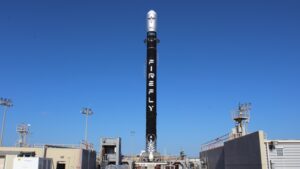
Launch vehicle developer Firefly Aerospace has raised $75 million in a new funding round as the company, now under new ownership, prepares for a second launch of its Alpha rocket this spring.
The post Firefly raises $75 million as it prepares for second launch appeared first on SpaceNews.
Blaming inflation, SpaceX raises Starlink and launch prices
Wednesday, 23 March 2022 09:26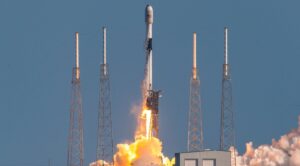
SpaceX has raised prices for both its Starlink broadband service and for dedicated and rideshare launches, in some cases by up to 20%, citing inflation.
The post Blaming inflation, SpaceX raises Starlink and launch prices appeared first on SpaceNews.
MTG-I weather satellite passes tests in preparation for liftoff
Wednesday, 23 March 2022 07:30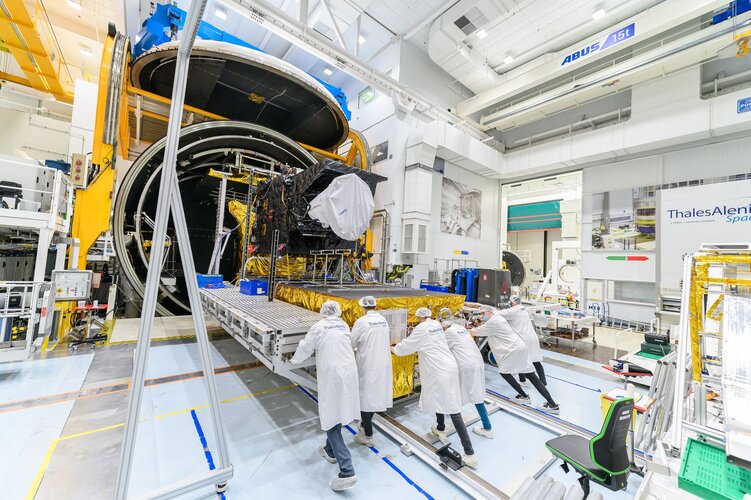
With extreme weather events threatening to be more frequent and more severe as the climate crisis takes grip, it’s never been more important to have fast and accurate forecasts. ESA and Eumetsat are working hard to ensure that there will be a constant stream of weather data from space for the next decades and that these data will arrive faster and be more accurate compared to what we have today. It is therefore fitting that on World Meteorological Day, ESA can be assured that the first of the next generation weather satellites, Meteosat Third Generation
Former Momentus executive Fred Kennedy to lead startup focused on nuclear-powered rocket engines
Tuesday, 22 March 2022 23:24
Fred Kennedy, a former Pentagon official and veteran space executive, announced March 22 he is leading a new startup to commercialize nuclear thermal rocket propulsion.
The post Former Momentus executive Fred Kennedy to lead startup focused on nuclear-powered rocket engines appeared first on SpaceNews.
Satellite supply chains coming under increasing scrutiny
Tuesday, 22 March 2022 20:41
Changes in the geopolitical landscape following Russia’s war in Ukraine are pushing space companies to tighten international supply chains amid a renewed focus on security.
The post Satellite supply chains coming under increasing scrutiny appeared first on SpaceNews.
Swarm launched satellites on Astra mission
Tuesday, 22 March 2022 20:11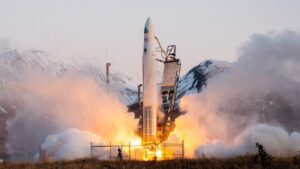
Swarm Technologies was the unidentified customer of an Astra Space launch this month that placed 16 of its tiny satellites into orbit.
The post Swarm launched satellites on Astra mission appeared first on SpaceNews.
U.S. government urged to address supply risks in the space sector
Tuesday, 22 March 2022 18:49
As space becomes increasingly important to military operations, DoD should address supply risks in the space sector given the volatility of the market, experts said.
The post U.S. government urged to address supply risks in the space sector appeared first on SpaceNews.
NASA's Roman mission will test competing cosmic acceleration theories
Tuesday, 22 March 2022 17:45
Spacewalk tools with Thomas and Shane
Tuesday, 22 March 2022 16:00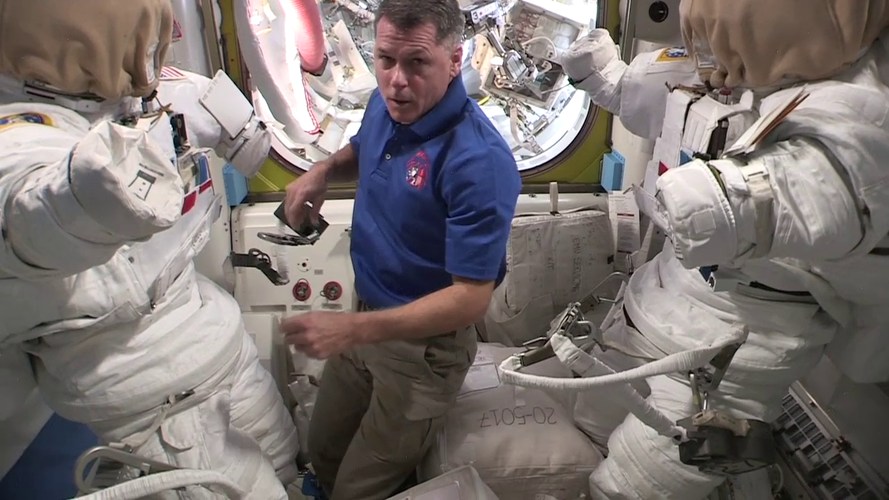 Video:
00:08:35
Video:
00:08:35
Use the right tool for the job is an often heard saying for any technician, or home hobbyist, and in spaceflight the advice counts double. When astronauts head on a spacewalk outside the International Space Station their tool belt is analysed, choreographed, prepared and checked in detail.
Many tools are made to measure, but in addition they are ordered on the tool belt to be easy to access at the time needed. When everything floats each tool is tethered to the spacewalk suit as well.
In this video ESA astronaut Thomas Pesquet is reciting the tools he and NASA
A research study analyzes the characteristics of Apophis, the asteroid that will approach Earth in 2029
Tuesday, 22 March 2022 14:31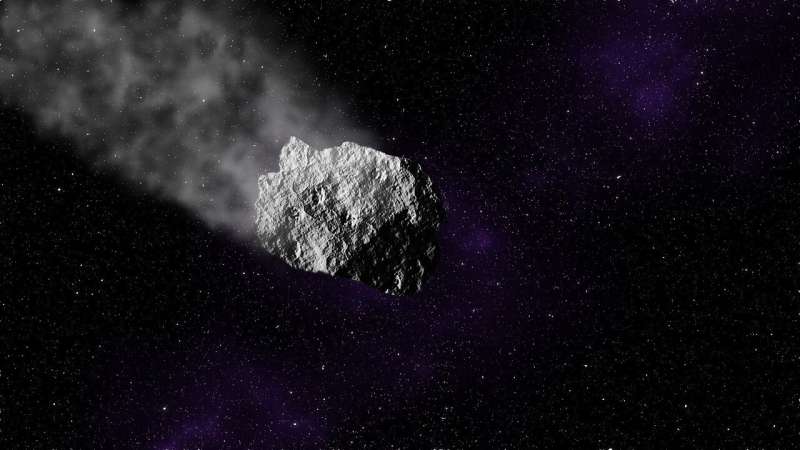
The study, in which the Universidad Carlos III de Madrid (UC3M) and the Universidad Estatal Paulista Júlio de Mesquita Filho (Júlio de Mesquita Filho Paulista State University) (UNESP) of Brazil are participating, analyzes the surface and dynamics of Apophis, an asteroid that will pass close to Earth in 2029.
The Apophis asteroid was discovered in 2004 and has been monitored since then due to its classification as a potentially hazardous asteroid (PHA), as it was estimated that it would have a 2% chance of hitting Earth. This possibility has already been ruled out and, according to the latest measurements, Apophis will reach its closest trajectory to Earth (38,000 kilometers) on the 13th of April, 2029.
This study analyzes the physical characteristics of this celestial body and the possible effects that its approach to Earth may have. Gabriel Borderes-Motta, a researcher at UC3M's Department of Bioengineering and Aerospace Engineering, explains that "collision is not the only possibility in approach events like this one. The gravitational interaction between a planet and a body such as Apophis can change the shape of the body, break the body into pieces, disintegrate possible loose stones on the asteroid's surface, or even remove other bodies orbiting the asteroid (such as rocks, satellites, or rings).
Turn your phone into a space monitoring tool
Tuesday, 22 March 2022 14:30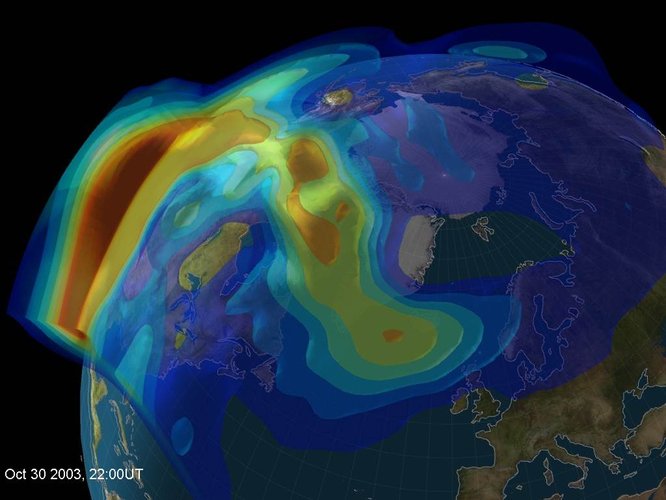
A newly released Android app will turn your smartphone into an instrument for crowdsourced science. Leave it by your window each night with your satnav positioning turned on and your phone will record small variations in satellite signals, gathering data for machine learning analysis of meteorology and space weather patterns.
GEO operators say they can compete against LEO systems on cost
Tuesday, 22 March 2022 14:17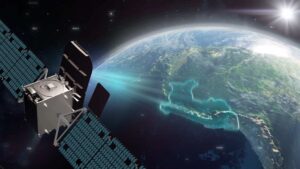
Despite all the investment in low Earth orbit broadband megaconstellations, operators of geostationary satellites argue they can offer more cost-effective services.
The post GEO operators say they can compete against LEO systems on cost appeared first on SpaceNews.
Video: What are the Trojan asteroids?
Tuesday, 22 March 2022 12:48Use this form if you have come across a typo, inaccuracy or would like to send an edit request for the content on this page. For general inquiries, please use our contact form. For general feedback, use the public comments section below (please adhere to guidelines).
Please select the most appropriate category to facilitate processing of your request

